Europeans called it flannelette. The French coined it Flanelle. And the Germans? They removed that extra “e” but kept the extra l for “Flannell.”
But us Americans? We just call it “flannel.”
From the 1970s through today, American flannel has been seen on everyone from awkward tourists to lumberjacks to hipsters to celebrities to hot tech guys and even high-brow designers with a penchant for the plaid stuff.
So what is flannel, and how is it different from plaid? Flannel and plaid are often used interchangeably, only because flannel shirts — referring to the soft woven cotton used to make the shirt that is “flannel” — are designed using the now quintessential red and black plaid print.
But flannel is not plaid, and plaid is not flannel — rather, they are like a set of twin brothers who may not be the same person, but dangit you can’t help but mix ’em up because they just share so much in common.
Who wears flannel? Flannel is great for the cold, and a heavy flannel material button-up shirt can double as a jacket, too. Because flannel is an easy-to-wash fabric, everyone from red necks to lumberjacks to the guys from Tool Time invest in flannel to rotate through their working wardrobe.
But flannel isn’t just for the cold or hard working — every scenester from the grunge scene to the skater scene to the hipster scene to the tech scene wears flannel for the pure fun of it.
Who wears plaid? The print that popularized flannel shirts for the masses originates from the Tartan plaid prints of the Scottish Highlanders. Plaid was used to distinguish between family clans.
Today, plaid isn’t just for the flannel-wearing, but the fashion-loving. Plaid is a lot like the female affinity for animal print — girls can buy it in every fashion form from shoes to lingerie to accessories to general apparel like skirts, dresses, shirts and jackets. Guys, on the other hand, tend to stick to casual plaid flannel or more formal button-up shirts.
Why do people wear flannel and plaid? I can’t psycho fashion analyze why flannel, plaid & flannel-plaid combos are so popular. But what I can conclude is that the print’s infinite variations mean it can be produced for every style demographic. That’s why you can buy plaid shirts everywhere from the thrift store to Urban Outfitters to Ralph Lauren to Vivienne Westwood. In other words, plaid is the populist print for the masses.
And thanks to flannel’s fashion functionality and adoption by alternative kids throughout the past 30 years, flannel continues to reinvent itself without so much as an advertisement.
How have people historically worn flannel and plaid? I thought you’d never ask! Scroll on through the pictures below for a brief history on the modern state of plaid and flannel.
It’s preppy. It’s pretty. It’s practical. Androgynous, awesome, alternative. Whatever you wanna call it — you know you wanna wear it.
THE 1970s
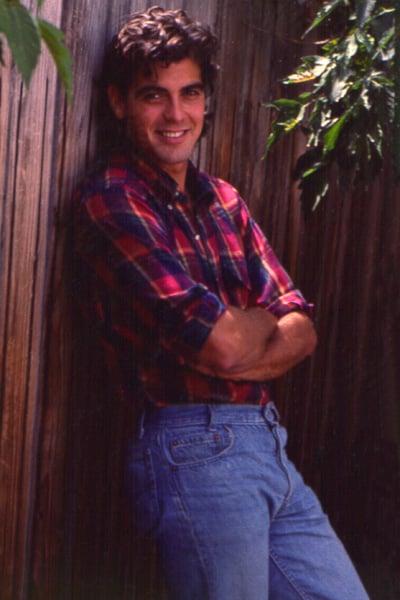
George Clooney rockin’ flannel circa 1970.
Western-inspired plaid for the hot 70s chick.
THE 1980s
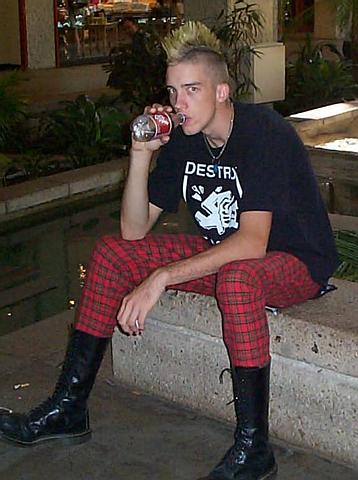
Punk kids adopted plaid to mimic their British ancestors who wore plaid in rebellion against the British Crown.
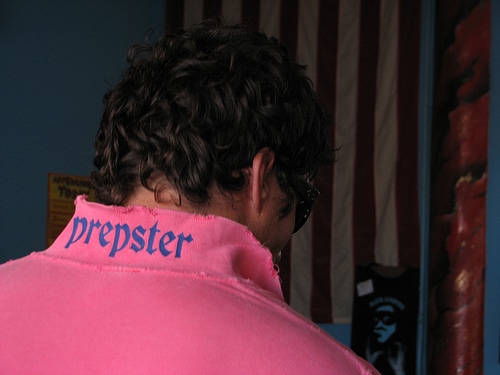
Department store prep fashion caught on to plaid button-downs as a more “print-friendly” more fashion-forward alternative to generic white collared shirts.
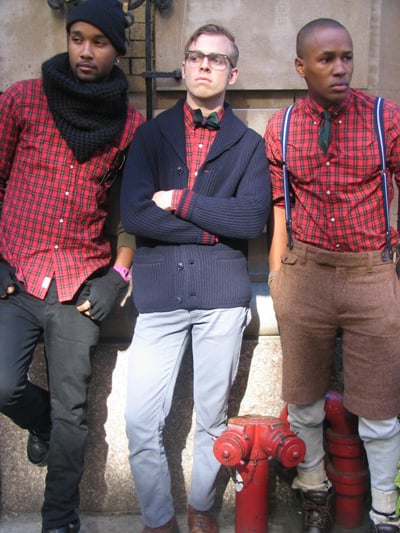
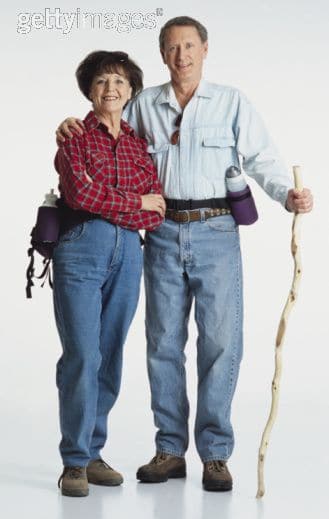
With designers like Ralph Lauren picking up on the popularity of plaid and flannel for the preppy masses, the influence trickles down to low-end, mass produced brands and inevitably, low-fashion tourists.
THE EARLY 1990s
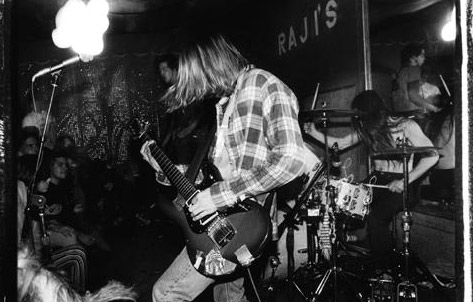
Kurt Cobain and the grunge scene he led make flannel alternative again.
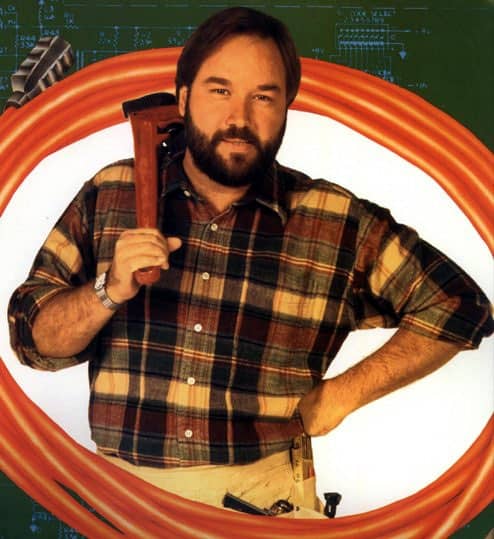
The gregarious handymen of Tool Time teach us to wear a different flannel shirt when handling hammers, nails and heavy-operating equipment.
THE MID 1990s

Skaters learn that flannel is easy to wear on their boards — and steal from their parent’s closets.
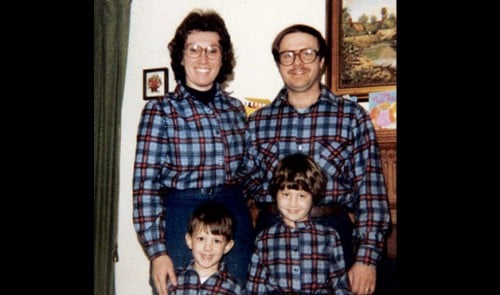
The Millennial generation is forced to pose in plaid.
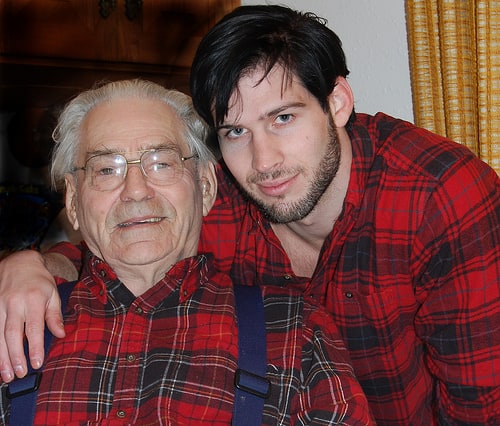
The classic flannel — in red, black & sometimes white — crosses generations and makes a comeback.
THE LATE 1990s
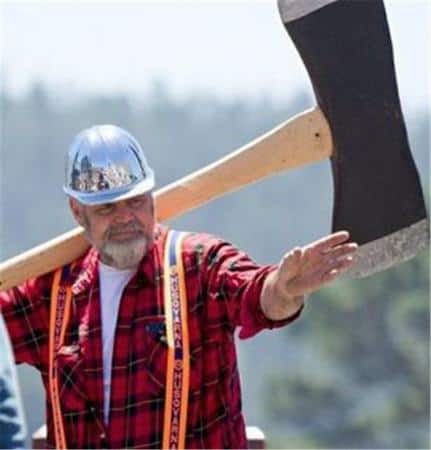
Classic flannel finds it way to its roots — to the hard working lumberjack …
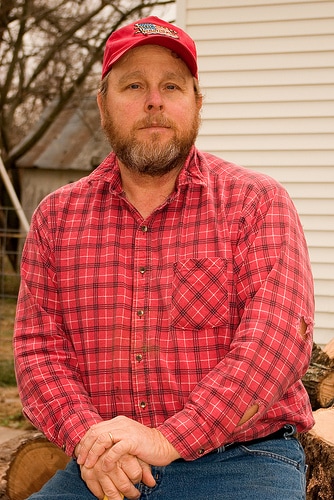
… to the woodsman, truck driver or friendly Home Depot store associate.
THE EARLY to MID 2000s
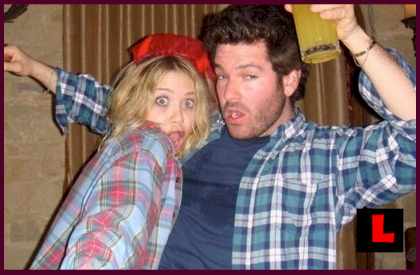
Kids from the Midwest escape the Central time zone and head east to get drunk and rock the flannel of their working class families.
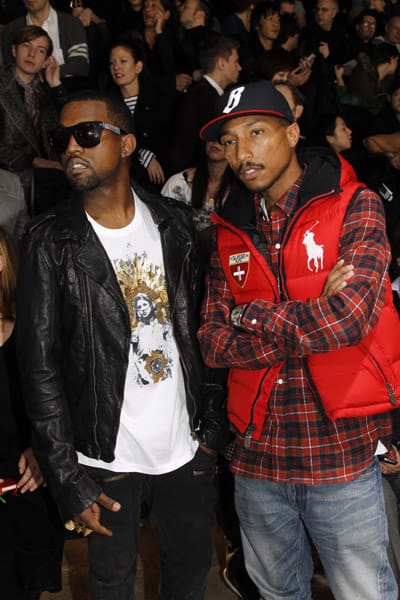
Hipster rap artists decide that drunk kids from the Midwest are cool, and decide to wear flannel with double zero price tags.
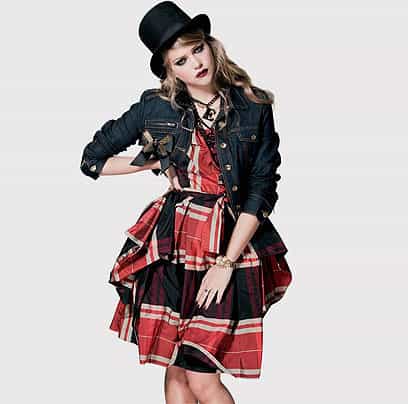
High-brow designers like Vivienne Westwood find inspiration in plaid and reinvent the print wheel for Bergdorf Goodman and beyond.
Mary Kate discovers incognito shades and a way to shop thrift store plaid without a celebrity spotting.
NOW!
Every hipster boy you ever thought was awkward in high school is instantly hot wearing plaid and/or flannel at age 24 and beyond.
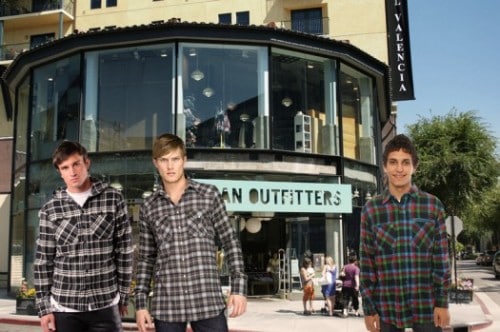
Urban Outfitters ships plaid prints to China and mass produces them for you, me and college students with expense accounts.
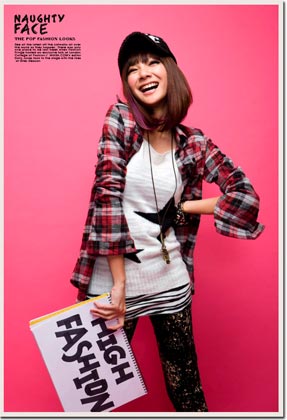
Cool girls wear plaid to deliberately clash. And look cool.
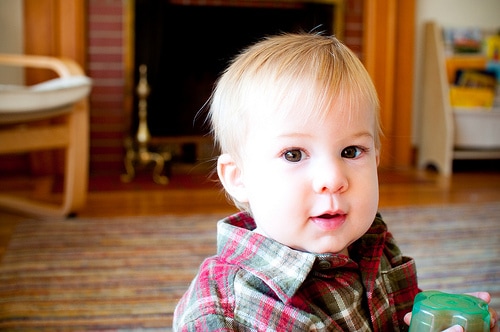
Adorable baby boys wear plaid and undoubtedly can do no wrong.

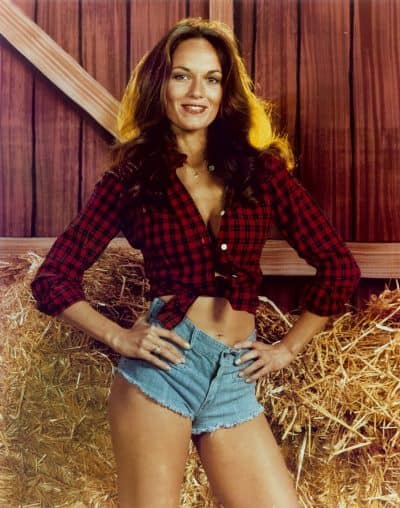
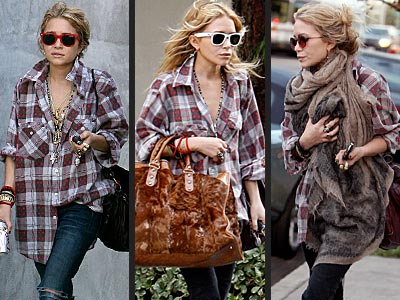

test test test
hey there. i’m the owner of the image that’s second from the bottom: thank you for linking back, i really appreciate your doing so. however, i’m not so comfortable with the caption! it’s a photo of my boyfriend wearing a shirt that i spent a lot of time looking for second hand as i’m not a supporter of fast fashion. could you possibly replace the image or alter the caption to suit?
thank you. :)
Hi Jen! I replied back to your email. Thank you so much for pointing this out, it has been removed! xx SD
I like your post very much, I will stay tune. Thanks.
“Kids from the Midwest” pic is actually of Mary Kate Olsen! :)
Quite an entertaining read.